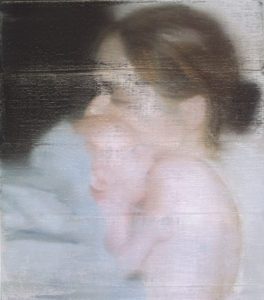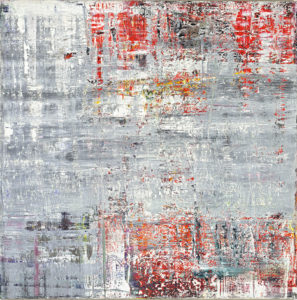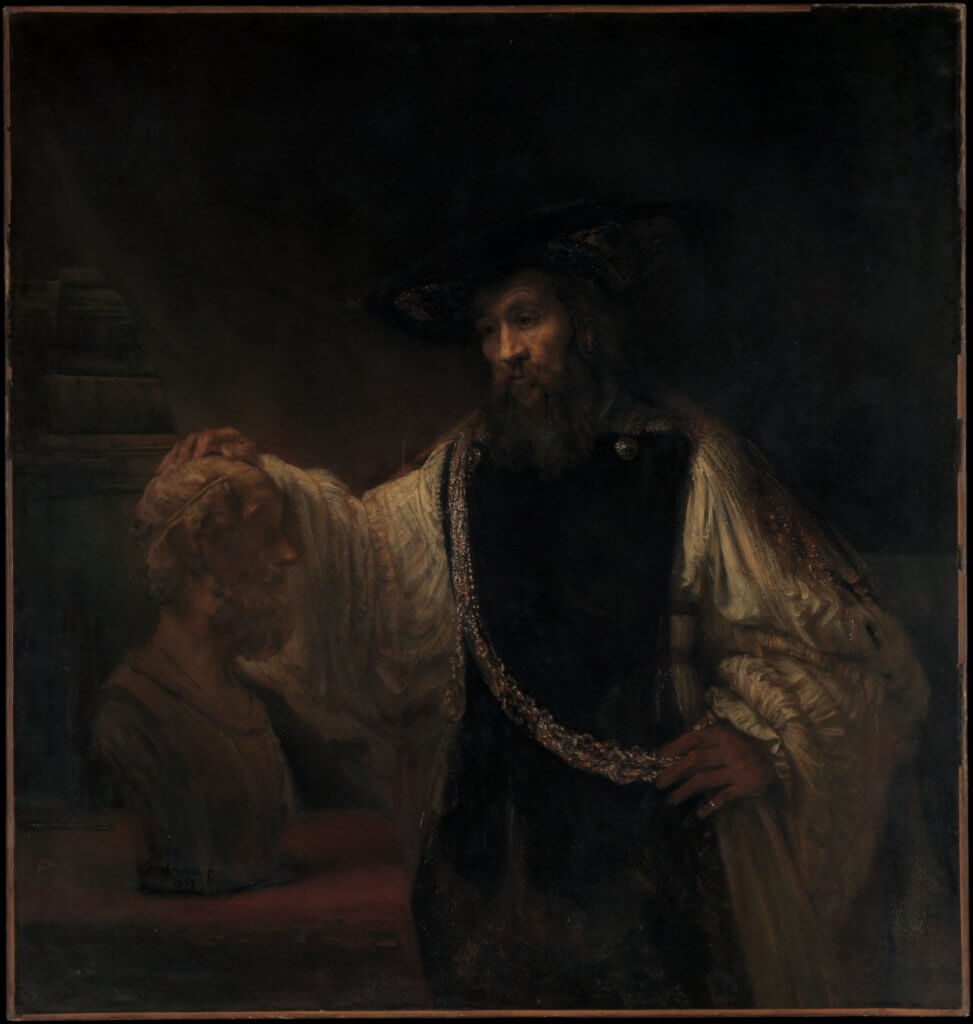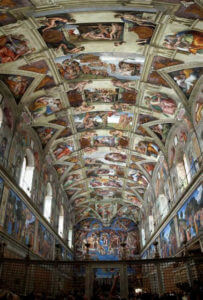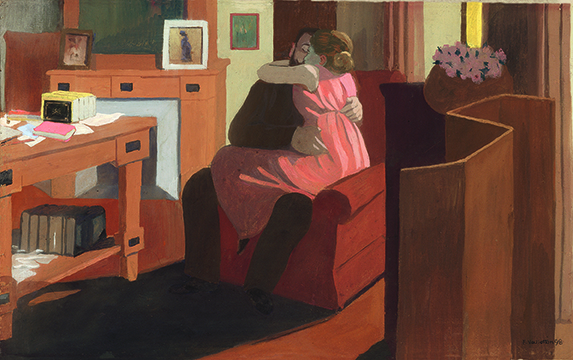Art in NYC: Felix Feneon – the Anarchist and the Avant-Garde at MoMA
“Félix Fénéon: The Anarchist and the Avant-Garde—From Signac to Matisse and Beyond” at MoMA is the first exhibition devoted to the influential French art critic, editor, publisher, dealer, and collector.
On view through January 2, 2021
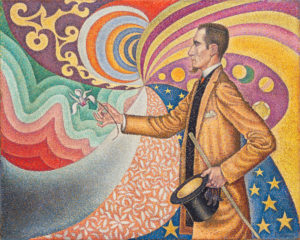
In this abnormal time, a museum visit takes on a new meaning. It is both a return to normal life as we remember it and an affirmation of the unchanged desire to explore and experience art. A visit to MoMA to see the exhibit dedicated to Felix Feneon is exactly that.
Well researched and painstakingly laid out, the show brings familiar works by such giants of the late 19th-century art scene as Seurat, Signac, Vuillard, Matisse, Modigliani and the non-Western art together following the superb taste and visionary aesthetics of the French art critic and collector Felix Feneon. Credited with coining the term Neo-Impressionism, he had recognized the significance of pointillism and other scientifically ordered art movements and tirelessly promoted them to the public. His fascination with non-Western art and sculpture propelled the interest in the works made in Africa and Oceania. The mesmerizing figurines from the Musee d’Orsay, Musée du quai Branly-Jacques Chirac, and private collections stun the viewers by the power and exquisite mastery of execution.
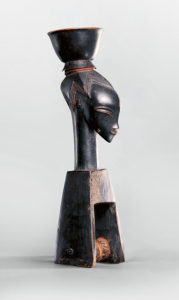
The exhibit comes with an intriguing story of Feneon’s support and participation in the Anarchist movement while working at the Ministry of War. The episode of his imprisonment and a consequent trial are described in the show through the documents, photographs, and testimonies. Excerpts from his writing and publications are full of wit and elegance while the portraits of him by Valloton and Signac present a Mephistopheles-like figure.
The show tells the life story of a visionary who influenced the perception of art by his contemporaries and bravely advanced the Neo-Impressionists and Futurists. Indulge yourself in art and enjoy the show!
Stay in the know about future events and offers by subscribing to ARTS-NY newsletter
